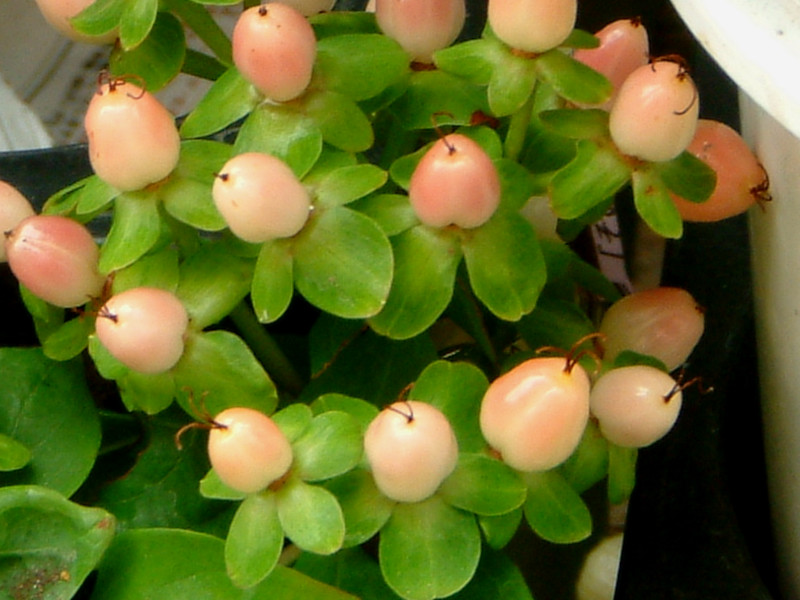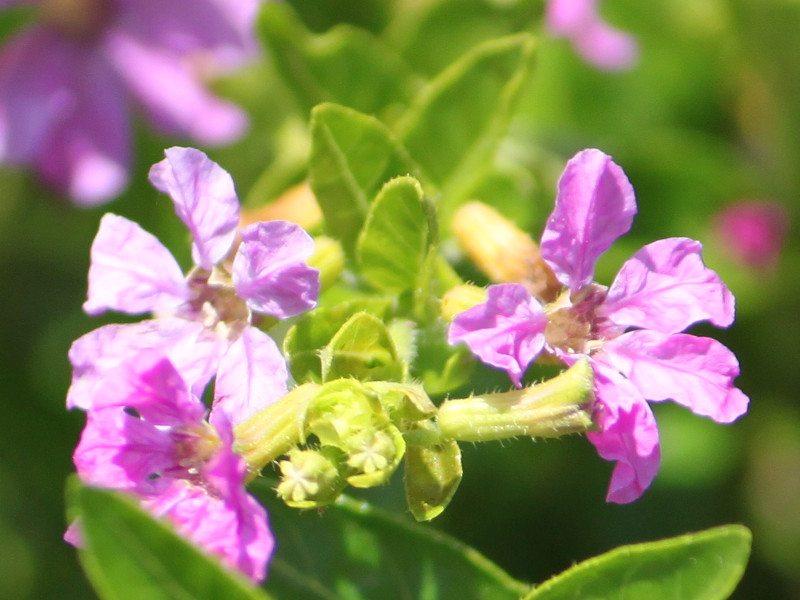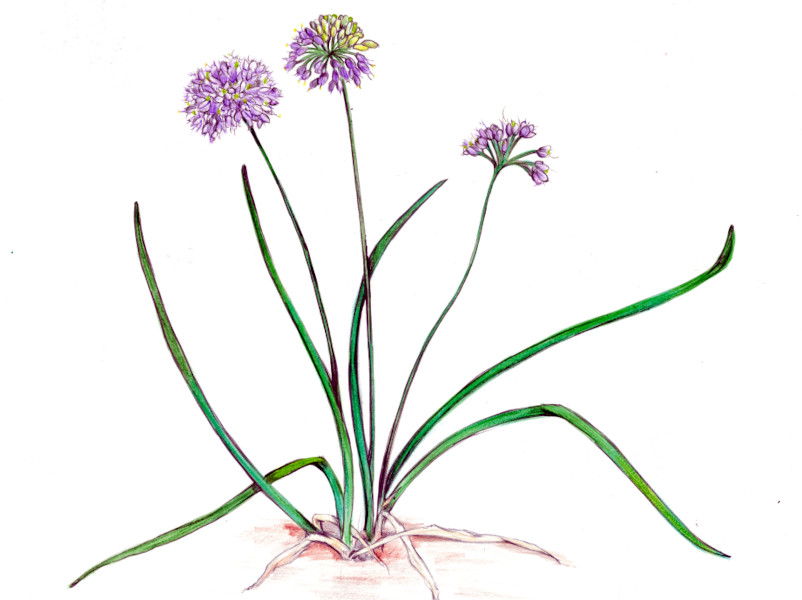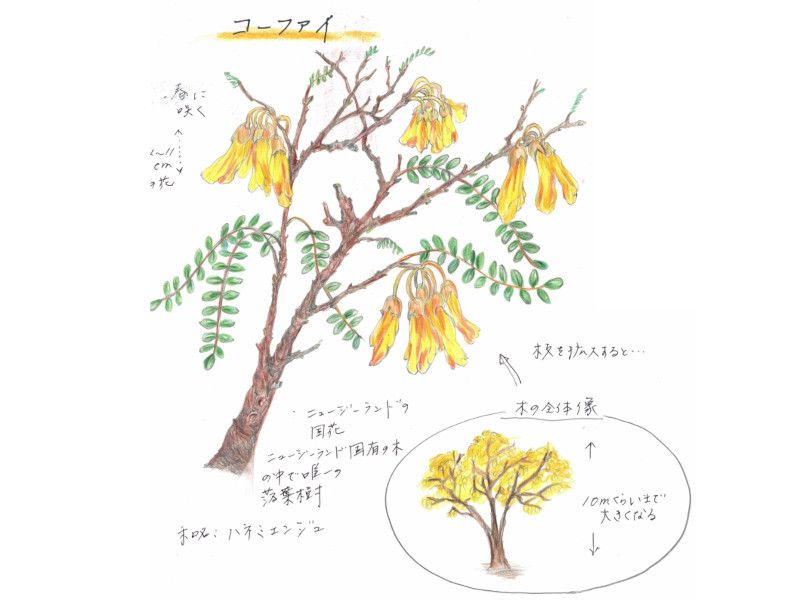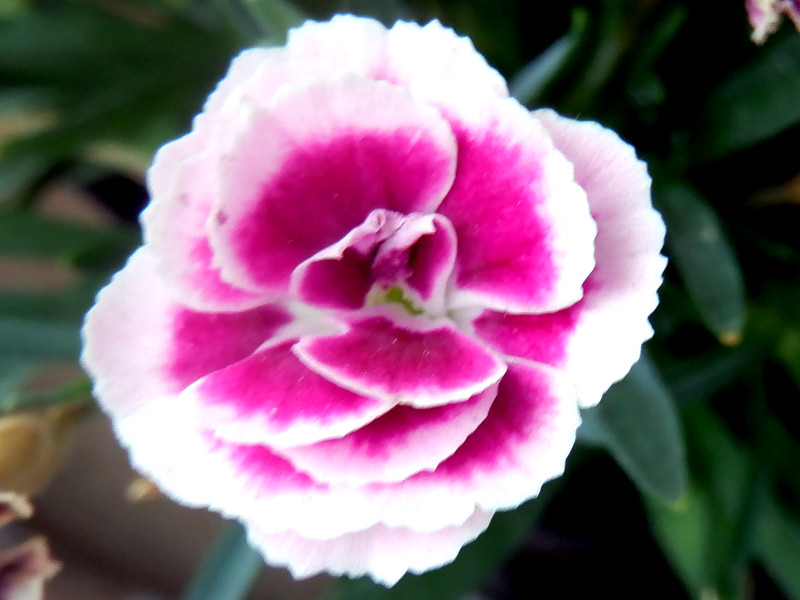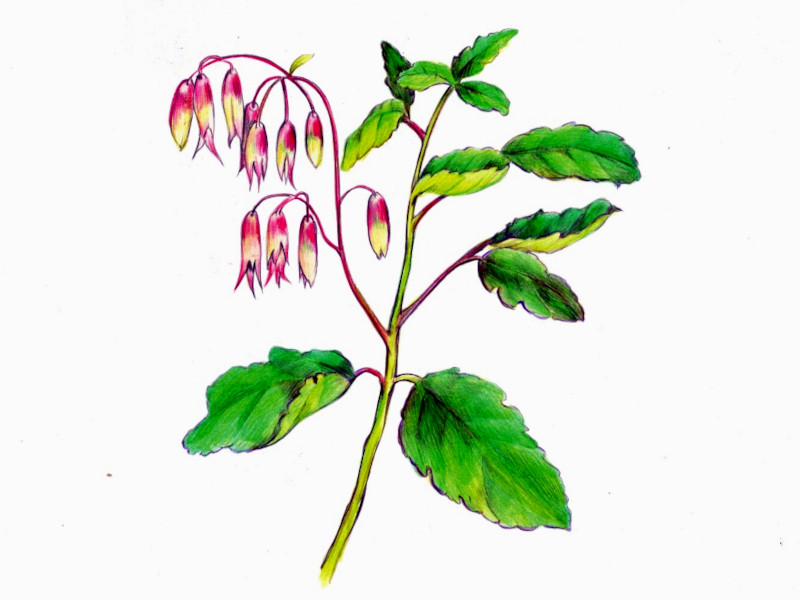Panax ginseng
- Flower namePanax ginseng
- Scientific namePanax ginseng
- Alias高麗人参, 朝鮮人参, 御種人蔘
- Place of originChina, the Russian coast, and the Korean Peninsula
- Place of floweringField
- Flowering seasonMay
What is Panax ginseng
Panax ginseng ,Chinese ginseng or Korean ginseng (scientific name: Panax ginseng) is a perennial plant native to China, the Russian coast, and the Korean Peninsula, belonging to the family Araliaceae and the genus Panax. In China and Korea, it grows wild in mountainous areas. In Japan, it is cultivated in fields. It is cultivated mainly for its roots. Even though they are called by different names, such as ginseng, ginseng, and Korean ginseng, they all refer to the same thing. The roots are very expensive, costing several hundred thousand yen per root. It is used for medicinal and edible purposes. The oil extracted from the seeds is called ginseng oil, and is used in cosmetics as well as camellia oil and rice oil.
Ginseng Cultivation
Imported ginseng was drunk as tea during the Edo period (1603-1867), but its high price put pressure on the finances of the shogunate, so it began to be cultivated domestically. Under the order of Tokugawa Yoshimune, the Tsushima Clan imported seeds and seedlings and began cultivation, and seeds collected through fruiting were shared with feudal lords around 1740 to encourage cultivation. The three major production areas in Japan are the Aizu Basin of Fukushima Prefecture, Daikonjima Island of Shimane Prefecture, and the Higashishin region of Nagano Prefecture. The plant grows 50-60 cm tall, with a single erect stem and a ring of five palmate compound leaves at the stem apex. A petiole grows once a year, and the tip of the petiole is attached to an elliptic leaf with serrated edges.
Flowers of the ginseng
In May, the plant produces a diffuse inflorescence with 10 to 100 small, white, light green flowers in clusters. The green fruits are then produced, and the fruits begin to turn red from the outside in early July, with the entire fruit turning red in mid-July, and the seeds are collected in late July to early August, with the pulp removed and the hard seeds used. These seeds are collected only once in a 4-5 year growing season, and the buds are plucked every year.
The flowers and fruits are cut to nourish the roots in order to enlarge the root system, since the health component "ginsenosides" are contained in the roots in good balance. The root is a good source of ginsenosides, which are also found in the flowers and fruits.
Common name: Gosane ginseng, scientific name: Panax ginseng, also known as ginseng, Chinese ginseng, Korean ginseng, Life form: Perennial herb, Height: 50-60 cm, Stem: 1 erect, apex: 5-lobed, palmate compound leaf, Inflorescence: racemose, leaf shape: elliptic, leaf margin: serrate, inflorescence shape: paniculate, flower color: pale greenish white, flowering season: May, harvesting season: August (once every 4 years), uses: raw material for herbal medicines.

